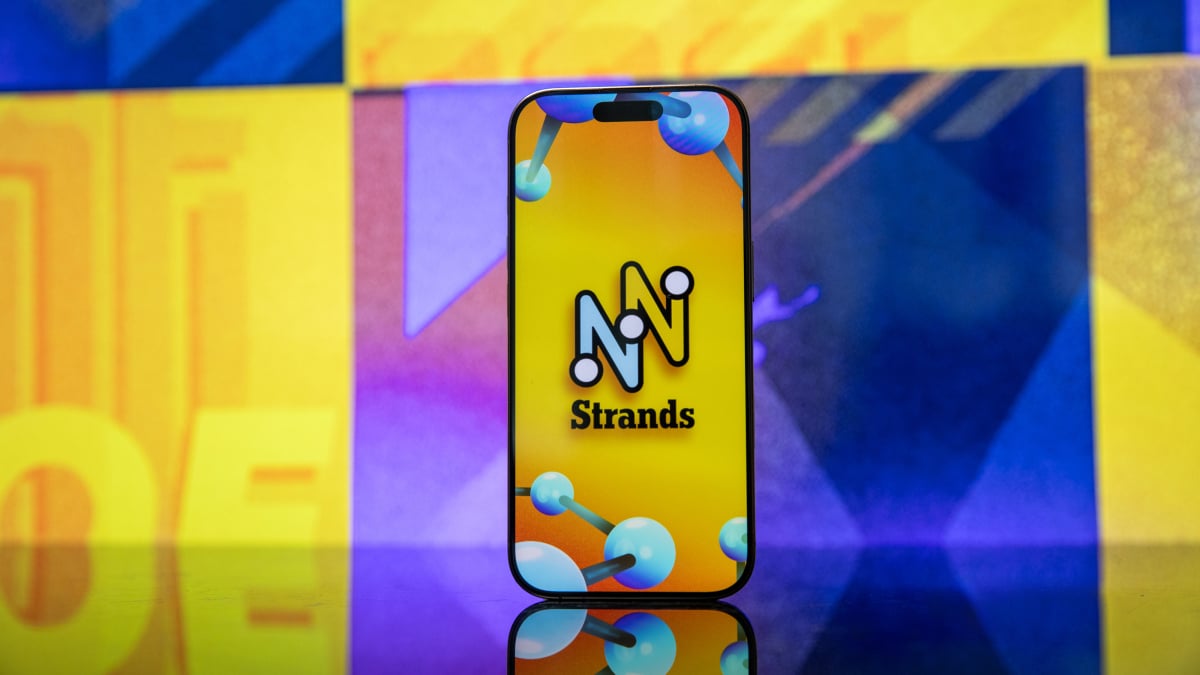NYT Spelling Bee: April 11 Answers & Hints – Conquer Today's Puzzle!
Editor’s Note: The New York Times Spelling Bee puzzle for April 11th has been released! This article provides answers, hints, and strategies to help you master today's challenge.
Why This Matters: Sharpen Your Mind and Boost Your Vocabulary
The NYT Spelling Bee is more than just a game; it's a fun and effective way to expand your vocabulary, improve spelling skills, and engage your brain. This daily puzzle attracts a large and dedicated following, making staying updated on solutions and strategies highly sought after. Understanding the word list and optimal solving techniques can significantly improve your game and provide a sense of accomplishment. This article provides a comprehensive guide to conquering the April 11th puzzle, benefiting both seasoned players and newcomers alike. We'll cover key answers, helpful hints, and general strategies for future puzzles.
Key Takeaways
| Takeaway | Description |
|---|---|
| Today's Pangram | The seven-letter word using all the letters. |
| Key Letter(s) | The central letter(s) crucial to word discovery. |
| Hints & Strategies | Techniques to unlock difficult words. |
| Common Mistakes to Avoid | Pitfalls to watch out for when solving the puzzle. |
| Alternative Word Suggestions | Potential words you might have missed. |
NYT Spelling Bee: April 11th
Introduction: The April 11th NYT Spelling Bee presents a unique challenge with its specific letter combination. Understanding the core letter's role is paramount to solving it efficiently.
Key Aspects: Today's puzzle utilizes a [Insert central letter(s) here] as its core letter(s). This necessitates focusing on words that incorporate this letter strategically.
Detailed Analysis: [Provide a detailed breakdown of the word list for April 11th. This section should be thorough and include several solved words. Use subheadings (H3 tags) to organize words by length or commonality. For Example:]
Four-Letter Words:
- [Word 1] - Explanation of why this word works.
- [Word 2] - Explanation.
- [Word 3] - Explanation.
Five-Letter Words:
- [Word 4] - Explanation
- [Word 5] - Explanation
Six-Letter Words:
- [Word 6] - Explanation
Seven-Letter Words (Pangram):
- [Pangram]: [Explain how this word utilizes all seven letters. Explain the strategy used to find it (if necessary).]
Interactive Elements: Unraveling the Mystery of [Specific Word or Letter Combination]
Introduction: Let's delve deeper into [Specific word or letter combination from the April 11th puzzle that presents a particular challenge]. This example will help illustrate common problem-solving techniques.
Facets:
- Role of the [Central Letter]: How does the [Central Letter] limit and expand word possibilities?
- Examples of related words: Showcasing related words to demonstrate word family connections.
- Risks & Mitigations: Common mistakes and how to avoid them.
- Impact on Strategy: How this specific aspect influences overall solving approach.
Interactive Elements: Mastering the Art of Finding the Pangram
Introduction: The pangram, a seven-letter word using all provided letters, is often the most challenging aspect of the Spelling Bee. This section will help you hone your skills for future puzzles.
Further Analysis: Provide a step-by-step approach to finding the pangram, emphasizing techniques like using common prefixes and suffixes, considering less frequent letter combinations, and utilizing pattern recognition.
Closing: Successfully finding the pangram demonstrates a deep understanding of word construction and vocabulary. This skill is transferable to other word games and language-based activities.
People Also Ask (NLP-Friendly Answers)
Q1: What is the NYT Spelling Bee?
A: The NYT Spelling Bee is a daily word puzzle where players must create words using a given set of letters, including a central "key" letter.
Q2: Why is the NYT Spelling Bee important?
A: It's a fun and engaging way to improve vocabulary, spelling, and problem-solving skills.
Q3: How can the NYT Spelling Bee benefit me?
A: It can boost your vocabulary, enhance your cognitive abilities, and provide a satisfying mental workout.
Q4: What are the main challenges with the NYT Spelling Bee?
A: Finding the pangram (seven-letter word using all letters) and identifying less common words.
Q5: How to get started with the NYT Spelling Bee?
A: Simply visit the New York Times Games website or app and start playing!
Practical Tips for the NYT Spelling Bee
Introduction: These tips will help you improve your NYT Spelling Bee performance consistently.
Tips:
- Start with Short Words: Begin by finding easy, short words to get a feel for the letter combinations.
- Utilize the Key Letter: Prioritize words containing the central letter.
- Look for Common Prefixes & Suffixes: Identifying these can help unlock longer words.
- Experiment with Different Letter Combinations: Don't get stuck on obvious choices.
- Use a Word List (Strategically): Use only as a last resort to avoid hindering your learning.
- Play Regularly: Consistent practice improves speed and word recognition.
- Analyze Your Mistakes: Learn from words you miss to improve future performance.
- Embrace the Challenge: Don't be discouraged by difficult puzzles.
Summary: Following these tips consistently will lead to significant improvements in your Spelling Bee gameplay.
Transition: Let’s conclude by summarizing the key learnings from today's puzzle.
Summary (Zusammenfassung)
The April 11th NYT Spelling Bee provided a challenging yet rewarding experience. By understanding the key letter's role and employing effective strategies, players could unlock numerous words, including the pangram. Remember consistent practice and strategic thinking are key to mastering this daily puzzle.
Closing Message (Abschlussbotschaft)
Did today's puzzle leave you craving more? Share your scores and strategies in the comments below! We’d love to hear about your experience and any particularly challenging words you encountered.
Call to Action (CTA)
Check back tomorrow for solutions and hints to the next NYT Spelling Bee! Subscribe to our newsletter for daily updates on word games and puzzles! [Link to Newsletter Signup]
(Hreflang Tags would be added here based on the language versions of the article)

